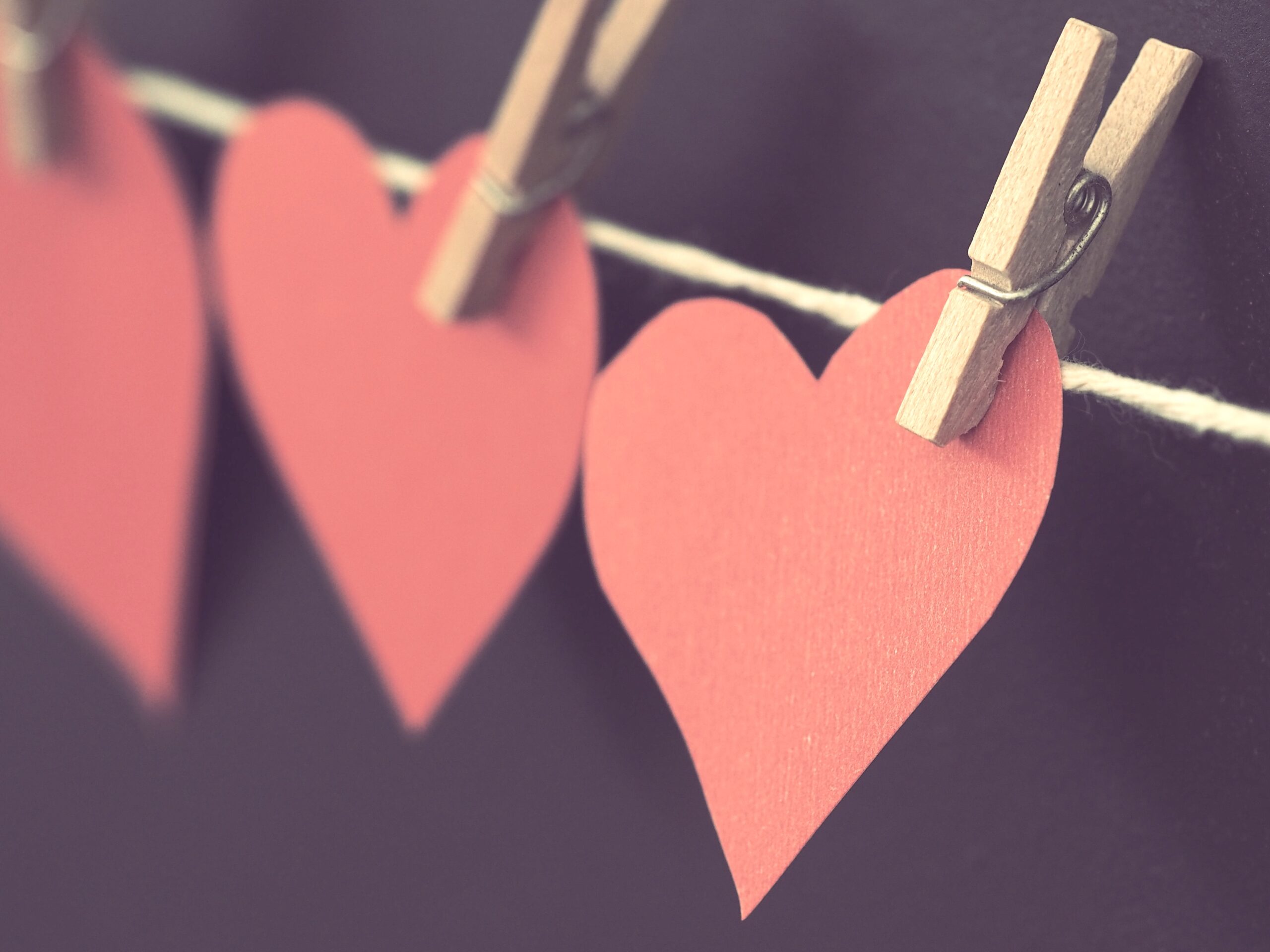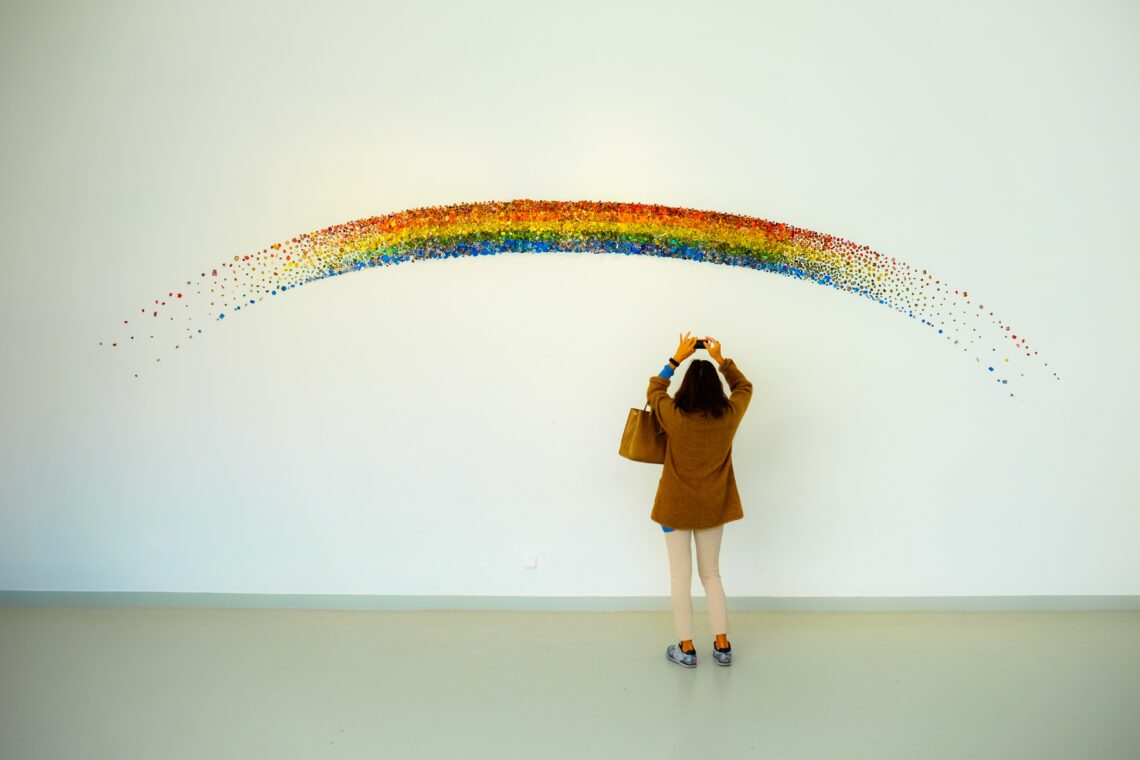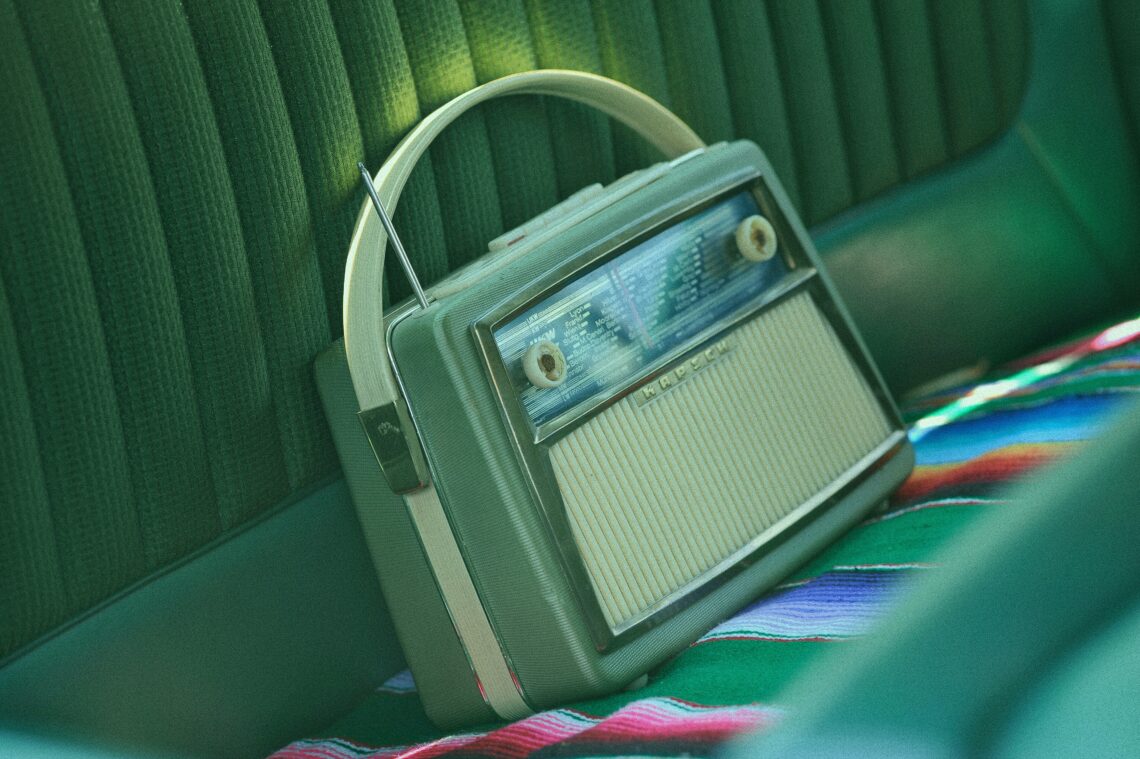-
Resources: Relating & Relationships
Sugar and bunnies and books. . . Our relationships need all different kinds of support as we go along. Here are some extra resources to guide you.
-
Love Alive and the Little Bright Beads: Creative Work
Ideas are all around us. So how do we live our everyday lives with our creativity happily humming in the background, ready to catch them? Here are some strategies to keep the living, crystalline hearts of our creative relationships central, polished, and singing.
-
Talking toast, taking care, tiny wonderful things: RELATING
How you do anything is how you do everything. So maybe it’s no small thing, then, being polite to your breakfast! There are amazing things happening around and inside of us all the time, but we’re often monkeying around too much to notice them. Look up! Look around. Start right now.
-
The Bummers, the Muppets, And Changing the Tape: Self-Talk
Everyone has an inner critic. Some of us have a whole garage band full of them! It’s probably impossible to turn the inner critic off completely, but with practice, we can at least turn the volume down some and find our groove in peace.



